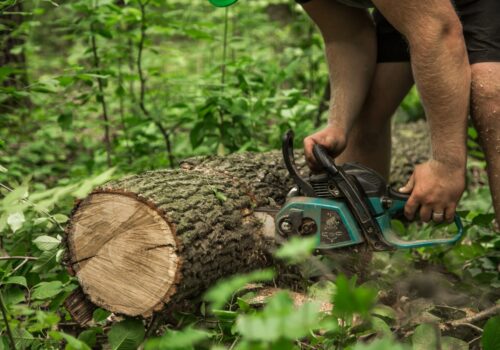Balancing Koala Habitat Conservation With Agricultural Needs
Koalas are essential for the health of Eucalyptus forests, making koala habitat conservation paramount. Koalas, the enchanting marsupials known for their fluffy ears and eucalyptus diet, are Australia’s iconic wildlife. But their significance goes beyond cuteness. However, this raises a pressing question: how can we harmonize their homes with the needs of local farmers?
The Impact of Agriculture on Natural Habitats
The clearance of land for crops and livestock encroaches upon eucalyptus forests, the koalas’ sanctuaries. Chemical use contaminates their food, and habitat fragmentation disrupts their daily lives. This culminates in dwindling koala populations, a crisis demanding change.
Sustainable Agricultural Practices
The silver lining is that sustainable agricultural practices can work in synergy with koala conservation. Agroforestry, where farmers cultivate crops alongside native trees, offers a win-win scenario. It preserves habitats while creating a more stable climate for crops and livestock – akin to having your eucalyptus and eating it too!
Eliminating Chemical Hazards
Another pivotal step is reducing chemical use. Embracing organic farming methods safeguards eucalyptus trees from harmful substances, ensuring koalas’ meals remain pesticide-free. This shift not only benefits the environment but also enhances produce quality – a double win for farmers and consumers alike.
Wildlife Corridors: Koala Express Lanes
Farmers can contribute by establishing wildlife corridors, resembling express lanes for koalas. These land strips connect fragmented habitats, granting koalas the freedom to move. This network ensures they find new homes, meet potential mates, and maintain robust populations.

The Role of Local Communities and Government
Koala conservation is a collective endeavour, not solely the responsibility of farmers. Local communities and government bodies play vital roles in environmental management while supporting agriculture.
Encouraging sustainable practices through incentives, grants, and educational programs is pivotal. These initiatives motivate farmers to embrace greener methods.
Policies for Preservation
Government policies that protect habitats and impose stringent regulations against land clearing are indispensable. Striking a balance between farmers’ interests and koala welfare requires a delicate approach. Tax incentives can sweeten the deal for farmers transitioning to sustainable practices.
Conclusion
Balancing koala habitat conservation with agricultural needs is a noble challenge. As consumers, we can support farmers adopting sustainable practices. By choosing organic produce and products from koala-friendly farms, we contribute to a brighter future for these marsupials and our local farming communities.
Koalas are Australia’s cherished treasures, and their survival rests in our hands. With the right blend of sustainable farming practices and government support, we can ensure koalas continue to bask in their beloved eucalyptus trees, while our farming communities thrive alongside them.





